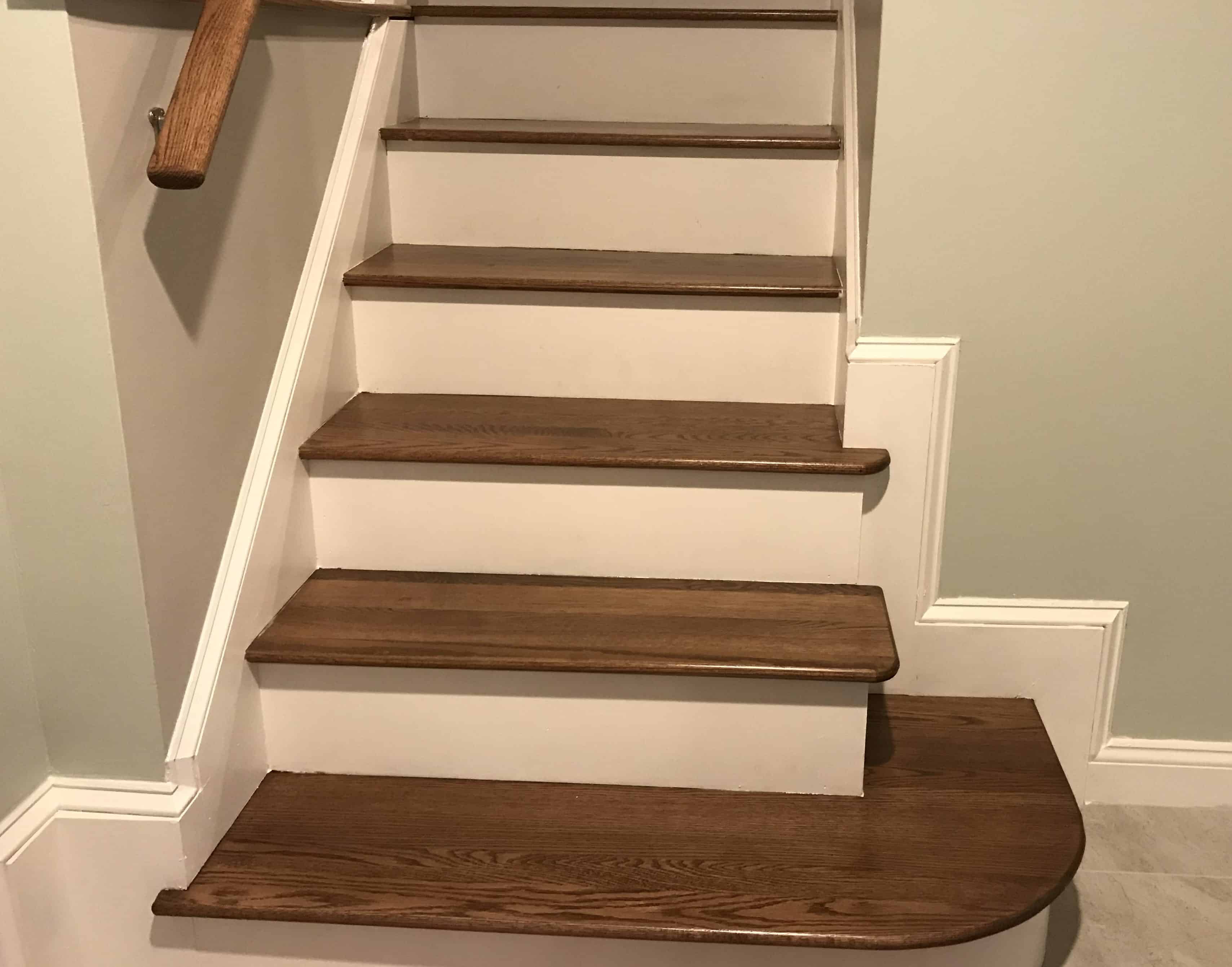

Articles
How To Make Wood Stairs Not Slippery
Modified: October 20, 2024
Discover effective ways to make wood stairs safe and slip-resistant with our informative articles. Prevent accidents and ensure the safety of your home.
(Many of the links in this article redirect to a specific reviewed product. Your purchase of these products through affiliate links helps to generate commission for Storables.com, at no extra cost. Learn more)
Introduction
Wood stairs can add elegance and beauty to any home or building. However, they can also pose a safety hazard, especially when they become slippery. Slippery stairs can lead to accidents and injuries, making it crucial to find effective solutions to prevent slips and falls. In this article, we will explore various methods to make wood stairs non-slippery, ensuring the safety of all those who traverse them.
Wood is inherently slippery, particularly when it is smooth or polished. Factors such as moisture, dirt, and debris can exacerbate the slipperiness, making it essential to address the issue before accidents occur. Fortunately, there are several practical methods that can be employed to enhance the traction and grip on wood stairs, effectively minimizing the risk of slips and falls.
Before diving into the solutions, it is crucial to assess the current condition of your wood stairs. Are they worn out and in need of repair? Are there any loose or broken boards? Addressing any structural issues is essential to ensure the long-term safety and durability of your stairs. Once you have assessed and repaired any necessary repairs, you can proceed with implementing the following methods to make your wood stairs non-slippery.
Key Takeaways:
- Prioritize safety by assessing and repairing any structural issues before implementing non-slip solutions for wood stairs. Regular cleaning and maintenance are essential for long-term effectiveness.
- Non-slip treads, anti-slip tape, non-slip coatings, and carpet runners are effective solutions to make wood stairs safer. Regular maintenance ensures continued slip resistance and safety.
Read more: How To Make Outdoor Stairs Less Slippery
Understanding the Slippery Nature of Wood Stairs
Wood stairs are prone to slipperiness due to their smooth and polished surfaces. When moisture, dirt, or debris come into contact with the wood, it can create a slippery surface that increases the risk of accidents. Furthermore, the repetitive foot traffic on the stairs can cause the wood to wear down over time, further reducing traction and grip.
Understanding the factors that contribute to the slippery nature of wood stairs is essential in finding effective solutions. Moisture is one of the primary culprits. Whether it is rainwater brought in from outside or spills that occur on the stairs, moisture can seep into the wood, causing it to swell and become even more slippery.
Dirt and debris that accumulate on the stairs can also contribute to slipperiness. Small particles can create a thin layer of smoothness on the surface, making it treacherous to navigate. Furthermore, if the stairs are not regularly cleaned, the buildup of dirt can make the grip even more challenging.
Another factor to consider is the type of finish or polish applied to the wood stairs. Some finishes, such as wax or oil-based coatings, can make the surface more slippery, especially when they are worn or not properly maintained. It is important to choose a finish that provides both aesthetics and slip resistance.
Lastly, the design and construction of the stairs can also play a role in their slipperiness. Open riser designs and steep angles can make it more challenging to maintain a solid footing, especially for those with mobility issues or in a hurry. Evaluating the design and making necessary modifications can significantly enhance the safety of the stairs.
By understanding the factors that contribute to the slipperiness of wood stairs, you can effectively implement the appropriate solutions to make them safer and more secure. Whether through cleaning, applying non-slip coatings, or adding traction-enhancing options, you can ensure that your wood stairs are no longer a hazard waiting to happen.
Assessing the Current Condition of Your Wood Stairs
Before you begin implementing any measures to make your wood stairs non-slippery, it is vital to assess their current condition. Conducting a thorough evaluation will help you identify any areas of concern or defects that might affect the effectiveness of the preventive measures you plan to take.
Start by inspecting each step of the staircase. Look for any signs of damage or wear, such as cracked or splintered boards. These can not only compromise the structural integrity of the stairs but also create potential hazards. Loose handrails or balusters should also be noted, as these should be tightened or repaired to ensure stability and safety.
Next, check the overall alignment and stability of the staircase. Are there any noticeable shifts or movements when you walk up and down the stairs? Uneven or unstable stairs can increase the risk of slips and falls. If you notice any significant issues with the structure, it is best to consult a professional for repairs or reinforcement.
In addition to the physical condition, consider the surface of the wood steps. Is the wood smooth and polished, or does it have a textured finish? Smooth surfaces are more prone to slipperiness, so you may need to take extra precautions to make them safer. If the stairs have been recently varnished or waxed, it is essential to assess the slip resistance of the finish. Sometimes, certain finishes can make the surface even more slippery, especially when wet or worn.
Finally, evaluate the lighting conditions around the stairs. Proper lighting is crucial for ensuring visibility and preventing accidents. Are there any dark areas or shadows that can make it difficult to see the steps clearly? Consider adding additional lighting or adjusting the existing lights for better illumination.
By carefully assessing the condition of your wood stairs, you can identify any areas of concern and take appropriate measures to address them before proceeding with making the stairs non-slippery. It is important to address any structural issues or defects to ensure the long-term safety and durability of your wood stairs.
Cleaning Your Wood Stairs
Cleaning your wood stairs is an essential first step in making them non-slippery. Regular cleaning not only removes dirt and debris but also improves traction by restoring the natural texture of the wood surface. Here are some steps to follow to effectively clean your wood stairs:
- Start by removing any loose dirt and debris from the stairs. Use a broom or a vacuum cleaner with a brush attachment to sweep away the larger particles. Pay close attention to the corners and crevices where dirt tends to accumulate.
- Next, mix a mild cleaning solution by combining warm water and a gentle wood cleaner or dish soap. Avoid using strong chemical cleaners or abrasive substances that can damage the wood surface.
- Dampen a soft cloth or sponge with the cleaning solution and gently scrub each step of the staircase. Work in small sections, ensuring that you cover the entire surface evenly.
- For stubborn stains or marks, you may need to use a slightly more abrasive cleaner or a paste made of baking soda and water. Apply the cleaner directly to the stain and gently scrub with a soft brush.
- Once you have cleaned each step, rinse out the cloth or sponge with clean water and go over the stairs again to remove any residue from the cleaning solution.
- Dry the wood stairs thoroughly with a clean, dry cloth to prevent any moisture from seeping in.
It is important to note that excessive moisture can contribute to the slipperiness of wood stairs. Therefore, when cleaning, make sure to use a damp cloth rather than saturating the surface. Additionally, avoid using excessive force or abrasive tools that can damage the wood finish.
Regularly cleaning your wood stairs will not only improve their appearance but also enhance their safety by removing debris and restoring traction to the surface. Incorporate this cleaning routine into your regular maintenance schedule to keep your wood stairs clean and non-slippery.
Applying Non-Slip Treads or Mats
One effective method to make your wood stairs non-slippery is by applying non-slip treads or mats. These products are specifically designed to enhance traction and grip, providing an extra layer of safety. Here’s how you can apply non-slip treads or mats to your wood stairs:
- Measure the dimensions of each step of your staircase to determine the size of the non-slip treads or mats you will need. It is important to choose treads or mats that fit the dimensions of your stairs accurately.
- Clean the surface of each step thoroughly, ensuring that it is free from dirt, dust, and moisture. This will help the adhesive on the treads or mats stick effectively.
- Peel off the backing of the non-slip tread or mat to expose the adhesive side.
- Place the tread or mat on the desired step, starting from the bottom and working your way up. Press down firmly to ensure proper adhesion.
- Smooth out any wrinkles or air bubbles by pushing from the center towards the edges.
- Repeat this process for each step of the staircase, ensuring that the treads or mats are securely adhered.
- Allow the adhesive to set according to the manufacturer’s instructions before using the stairs.
Non-slip treads or mats come in a variety of materials, such as rubber, vinyl, or carpet. Choose a material that provides both grip and durability. Additionally, opt for treads or mats that have a textured or grooved surface for maximum slip resistance.
One advantage of using non-slip treads or mats is that they can easily be removed and replaced if needed. This makes it convenient to clean the stairs or replace a worn-out tread without the need for extensive repairs.
Remember to regularly clean the non-slip treads or mats to maintain their effectiveness. Depending on the material, you can either vacuum or wipe them down with a damp cloth and a mild cleaner.
Applying non-slip treads or mats is a simple yet effective solution to make your wood stairs safer and reduce the risk of slips and falls. By providing an extra layer of traction and grip, these products can give you peace of mind while ascending or descending your stairs.
Apply a non-slip adhesive strip to each stair tread to provide traction and prevent slipping. Make sure to clean and dry the surface before applying the strips for maximum effectiveness.
Read more: How To Make Carpet Stairs Less Slippery
Using Anti-Slip Tape on Wood Stairs
Another method to make your wood stairs non-slippery is by using anti-slip tape. Anti-slip tape is a cost-effective and easy-to-apply solution that provides enhanced traction and grip on the surface of the stairs. Here’s how you can use anti-slip tape on your wood stairs:
- Clean the surface of each step thoroughly, making sure there is no dirt, dust, or moisture. This will ensure that the tape adheres properly.
- Measure the length of each step or the desired area that you want to apply the anti-slip tape to. Cut the tape into the appropriate lengths using a pair of scissors.
- Peel off the backing of the anti-slip tape to expose the adhesive side.
- Starting from the bottom step, carefully apply the tape to the desired area, smoothing it out as you go to ensure proper adhesion. Repeat this process for each step.
- Press down firmly on the tape to ensure that it is securely attached to the wood surface.
- If there are any edges of the tape that are not flush with the step, trim them to create a neat and tidy appearance.
- Allow the adhesive to set according to the manufacturer’s instructions before using the stairs.
Anti-slip tape is available in various colors and designs, allowing you to choose an option that matches the aesthetic of your wood stairs. Additionally, the tape is typically made from a durable material that withstands wear and tear, ensuring long-lasting slip resistance.
Regularly inspect the anti-slip tape to ensure that it remains securely in place. If you notice any areas where the tape is peeling or lifting, replace it promptly to maintain its effectiveness.
Using anti-slip tape provides a practical and affordable solution to make your wood stairs safer and reduce the risk of slips and falls. Its easy application and durability make it a popular choice for both residential and commercial settings.
Applying a Non-Slip Coating to Wood Stairs
Applying a non-slip coating to your wood stairs is an excellent way to enhance the traction and grip on the surface. A non-slip coating creates a textured finish that significantly reduces the risk of slips and falls. Here’s how you can apply a non-slip coating to your wood stairs:
- Start by thoroughly cleaning the surface of each step, removing any dirt, dust, or debris. This will ensure that the coating adheres properly to the wood.
- If there are any rough spots or splintered areas on the stairs, gently sand them down to create a smooth surface.
- Choose a non-slip coating suitable for wood surfaces. These coatings are typically available in spray, paint, or stain forms. Consider the specific needs of your stairs and choose a product that provides both slip resistance and durability.
- Before applying the non-slip coating, test it on a small, inconspicuous area of the stairs to ensure compatibility and the desired level of slip resistance.
- Once you are satisfied, apply a thin and even layer of the non-slip coating to each step using a brush, roller, or sprayer. Follow the manufacturer’s instructions for the specific product you are using.
- Allow the first layer to dry according to the recommended drying time. Apply additional coats as needed to achieve the desired level of slip resistance and durability.
- Once the final coat is applied, allow the coating to cure completely before using the stairs. This usually takes several hours or as specified in the product instructions.
Non-slip coatings come in various textures and finishes, so you can choose an option that matches the aesthetic of your wood stairs. Additionally, opt for a coating that is UV resistant and can withstand heavy foot traffic to ensure long-lasting slip resistance.
Regularly inspect the non-slip coating for any signs of wear or damage. If you notice any areas where the coating has worn off or is no longer providing adequate slip resistance, reapply the coating to those sections.
Applying a non-slip coating to your wood stairs provides a durable and long-lasting solution to make them safer. The textured finish not only enhances traction but also adds a layer of protection to your stairs, prolonging their lifespan.
Installing Carpet or Rug Runners on Wood Stairs
Installing carpet or rug runners on your wood stairs is a classic and effective method to make them non-slippery. Carpeting provides a cushioned and slip-resistant surface, offering both comfort and safety. Here’s how you can install carpet or rug runners on your wood stairs:
- Measure the dimensions of each step to determine the size of the carpet or rug runners you will need. Allow for a bit of extra length to ensure proper coverage.
- Clean the surface of each step thoroughly, making sure there is no dirt, dust, or moisture. A clean surface will allow the carpet or rug runners to adhere properly.
- If the carpet or rug runners have a rubber or non-slip backing, simply position them on each step, making sure they are centered and align properly.
- If the runners do not have a non-slip backing, you can use double-sided carpet tape or adhesive strips to secure them in place. Apply the adhesive to the backside of the runners and press them firmly onto the wood surface.
- Smooth out any wrinkles or air bubbles by pressing down on the runners from the center to the edges. This will ensure that they lay flat and adhere securely.
- If the runners are longer than one step, trim the excess length using a sharp utility knife or scissors.
- Repeat this process for each step of the staircase, making sure that the carpet or rug runners are securely installed.
Carpet or rug runners come in a variety of colors, patterns, and materials, allowing you to choose an option that complements your decor while providing slip resistance. Opt for runners that have a low pile or textured surface for improved traction.
Keep in mind that carpet or rug runners require regular maintenance to keep them clean and in good condition. Vacuum them regularly, and if necessary, spot clean any stains or spills to maintain their appearance and slip-resistant properties.
Installing carpet or rug runners on your wood stairs not only enhances safety but also adds warmth and style to your staircase. It is a versatile and timeless solution that can be easily replaced or updated according to your preferences.
Maintaining Non-Slip Wood Stairs
Once you have taken the necessary steps to make your wood stairs non-slippery, it is important to maintain them to ensure their long-term effectiveness and safety. Regular maintenance will help preserve the slip-resistant properties of the materials or coatings you have applied. Here are some tips for maintaining non-slip wood stairs:
- Regularly clean the stairs to remove dirt, debris, and spills. Use a broom, vacuum cleaner, or mop with a mild cleaner to keep the surface free from buildup.
- Wipe up any spills or moisture immediately to prevent the wood from becoming slippery. This is especially important if you have applied a non-slip coating or have carpet runners, as moisture can diminish their slip-resistant properties.
- Inspect the non-slip treads, mats, or tape periodically for any signs of wear or lifting. Replace them if they are no longer providing adequate slip resistance or have become damaged.
- For non-slip coatings, monitor their condition and consider reapplying as needed. Over time, the coating may wear off, especially if the stairs experience heavy foot traffic.
- Regularly inspect handrails or balusters for any loose or damaged parts. Tighten or replace them to ensure stability and safety while using the stairs.
- Inspect the lighting around the staircase to ensure proper visibility. Replace any burnt-out bulbs or adjust the positioning of the lights if needed.
- If you have carpet or rug runners, vacuum them regularly to remove dirt and debris. Spot clean any stains or spills promptly to maintain their appearance and slip-resistant properties.
- Consider adding additional non-slip measures, such as grip-enhancing tape or strips, if you notice any areas that require extra traction.
Regular maintenance is key to the long-term effectiveness of non-slip measures on wood stairs. By keeping them clean, inspecting for any signs of wear or damage, and promptly addressing any issues, you can ensure the continued safety and slip resistance of your stairs.
Remember to follow the manufacturer’s instructions for the specific non-slip products or coatings you have applied. Each material may have unique maintenance requirements, so it is important to understand and follow them to maximize their performance.
By incorporating regular maintenance into your staircase care routine, you can enjoy the benefits of non-slip wood stairs for years to come, providing a safe and secure environment for all who use them.
Read more: How To Make Floor Not Slippery
Conclusion
In conclusion, making wood stairs non-slippery is essential for ensuring the safety of those who use them. The inherent slippery nature of wood, combined with factors like moisture, dirt, and wear, can create hazardous conditions. However, there are several effective methods to improve traction and grip on wood stairs.
Assessing the current condition of your wood stairs is a crucial first step. Identifying any structural issues or defects allows you to address them before implementing preventive measures. Cleaning the stairs thoroughly removes dirt, debris, and moisture, restoring their natural texture and improving grip.
Applying non-slip treads or mats provides an extra layer of safety. These products come in various materials and textures, offering both slip resistance and durability. Alternatively, using anti-slip tape offers a cost-effective solution with easy application. Its textured surface significantly reduces the risk of slipping.
Another option is to apply a non-slip coating to the wood stairs. This creates a textured finish that enhances traction and grip. Additionally, installing carpet or rug runners on the stairs provides a cushioned and slip-resistant surface, adding both safety and style.
Regular maintenance is crucial to preserve the non-slip properties of the applied measures. Cleaning the stairs regularly, addressing spills promptly, and inspecting and replacing worn-out components ensure long-term effectiveness. By taking these steps, you can maintain non-slip wood stairs that provide a safe and secure environment for everyone who uses them.
In conclusion, by implementing the appropriate methods and regularly maintaining your wood stairs, you can make them non-slippery and eliminate the risk of accidents and injuries. Prioritizing the safety of those who use the stairs is paramount, and by following the guidelines outlined in this article, you can achieve that goal. So, take action today and enjoy the peace of mind that comes with having non-slip wood stairs in your home or building.
Frequently Asked Questions about How To Make Wood Stairs Not Slippery
Was this page helpful?
At Storables.com, we guarantee accurate and reliable information. Our content, validated by Expert Board Contributors, is crafted following stringent Editorial Policies. We're committed to providing you with well-researched, expert-backed insights for all your informational needs.
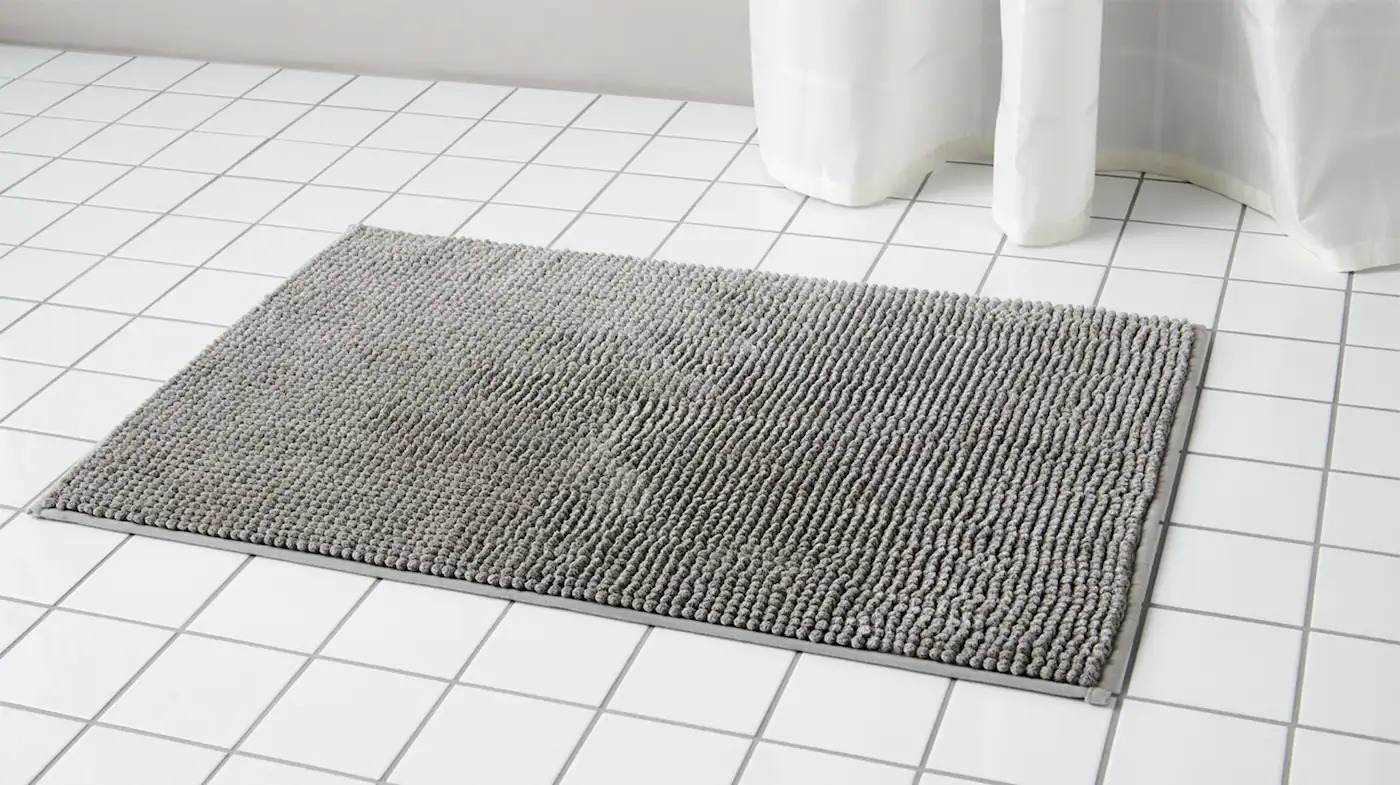
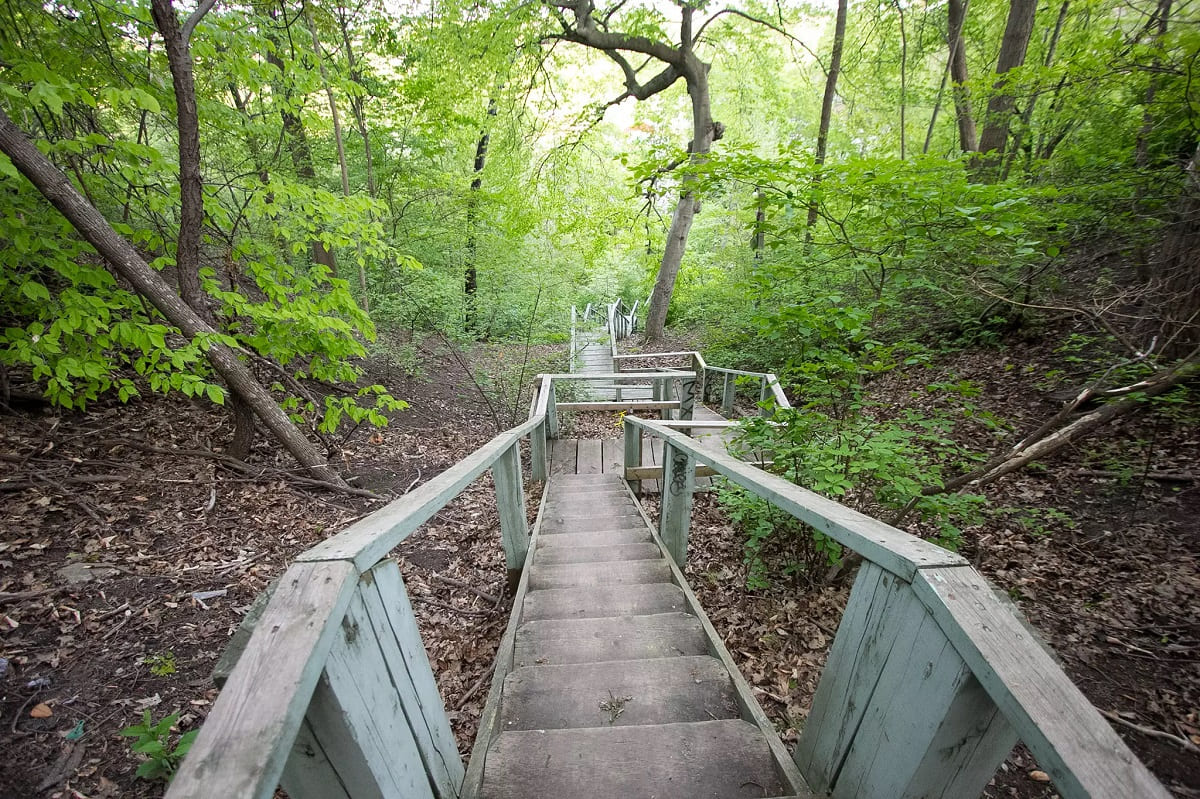
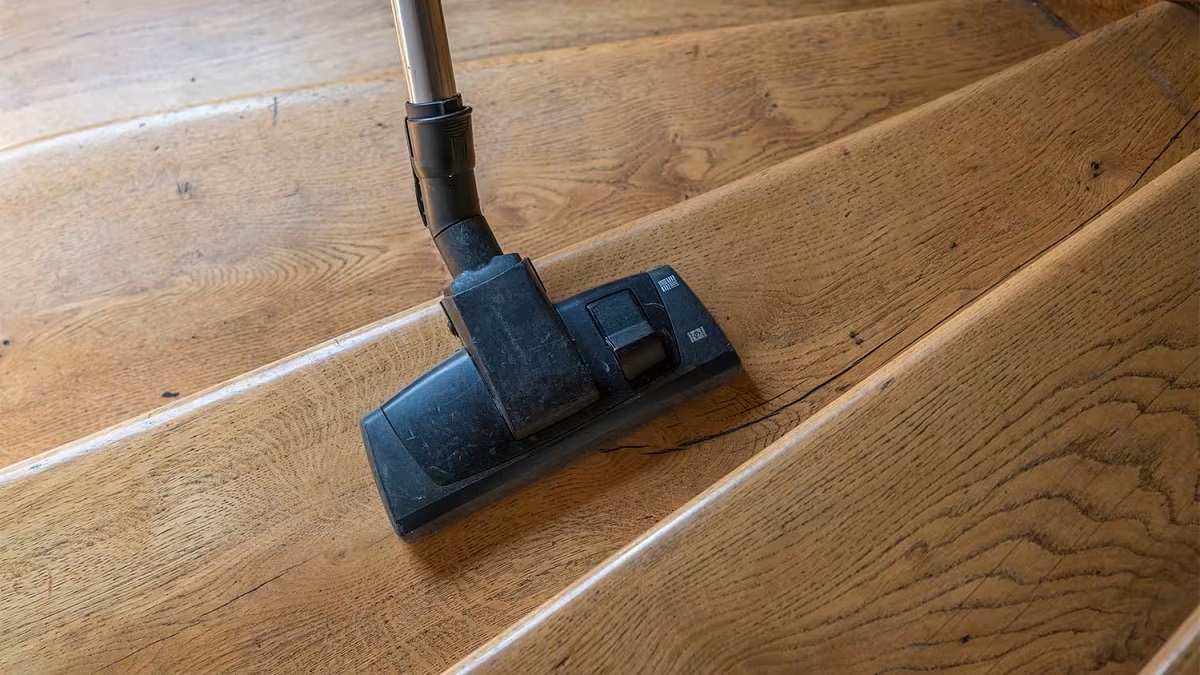
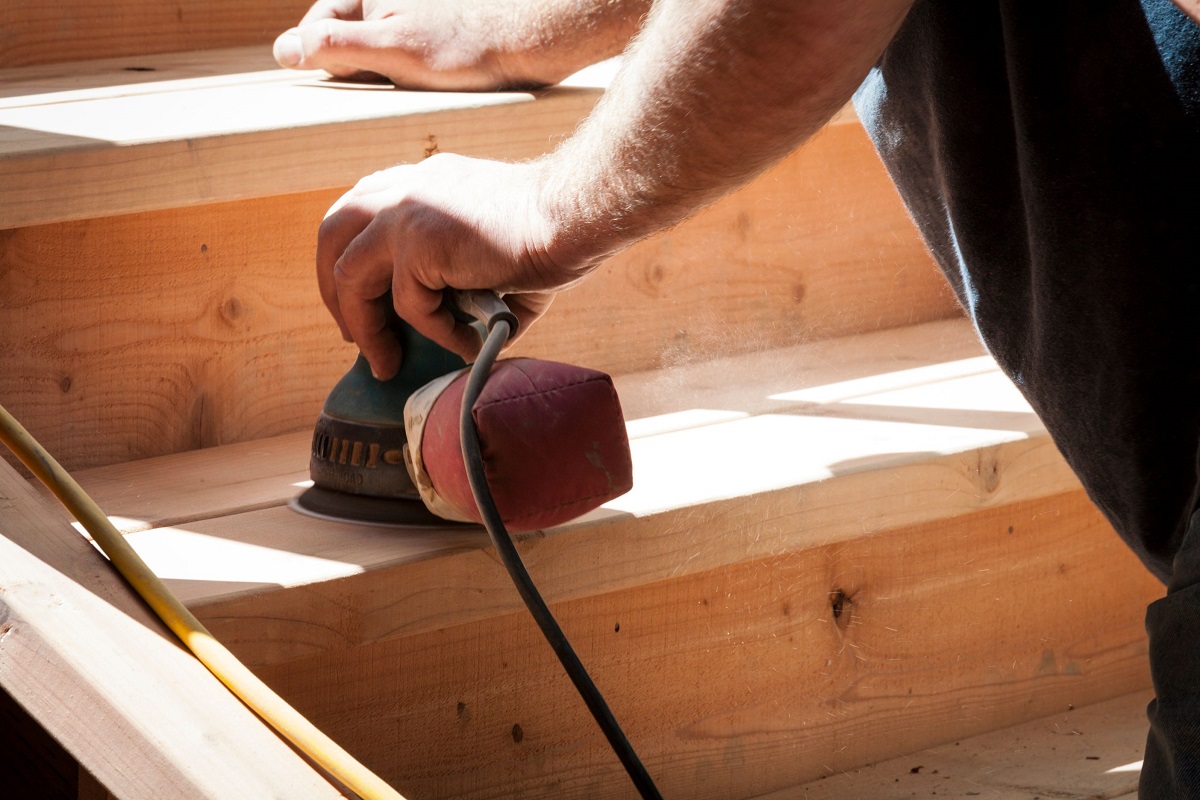
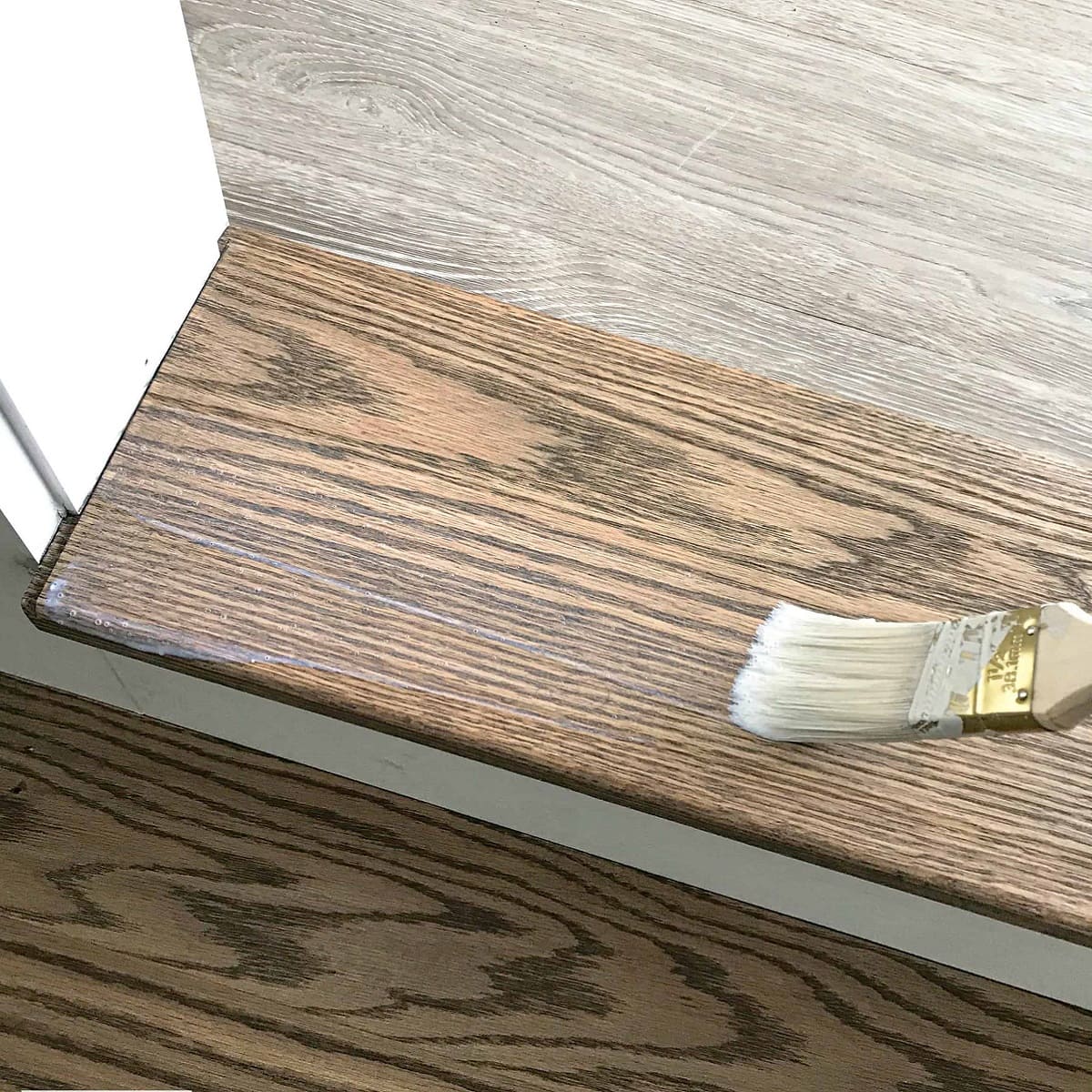
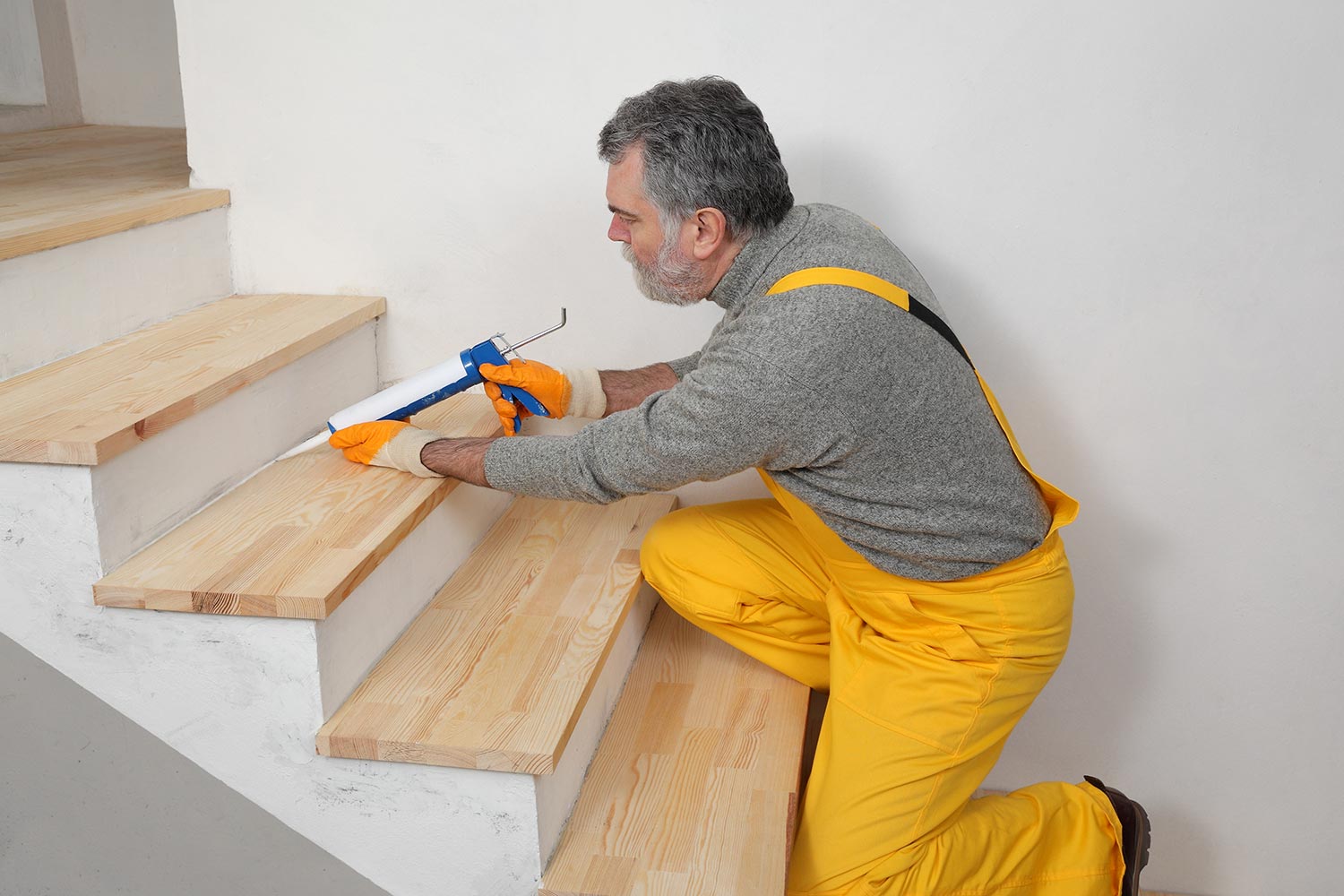
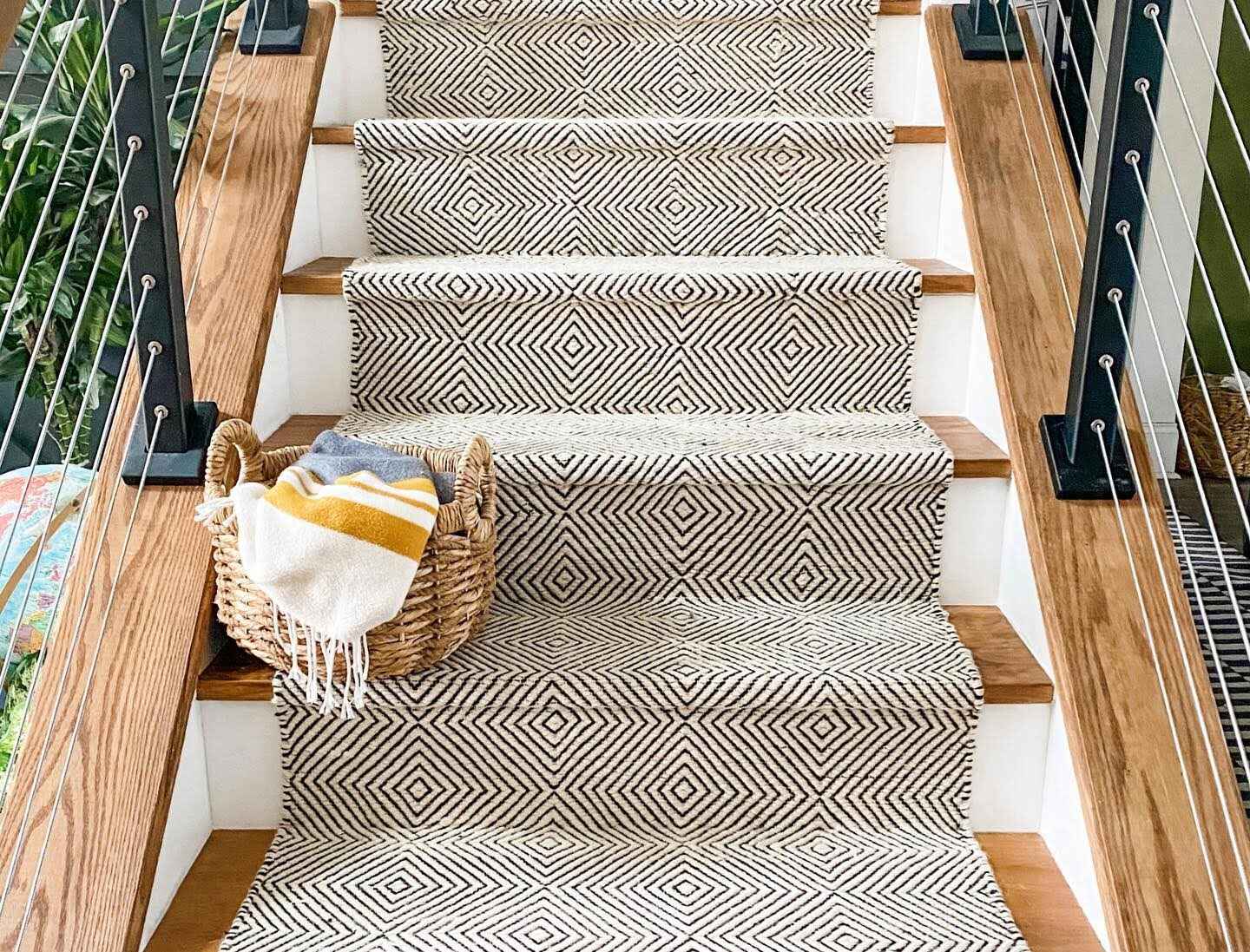
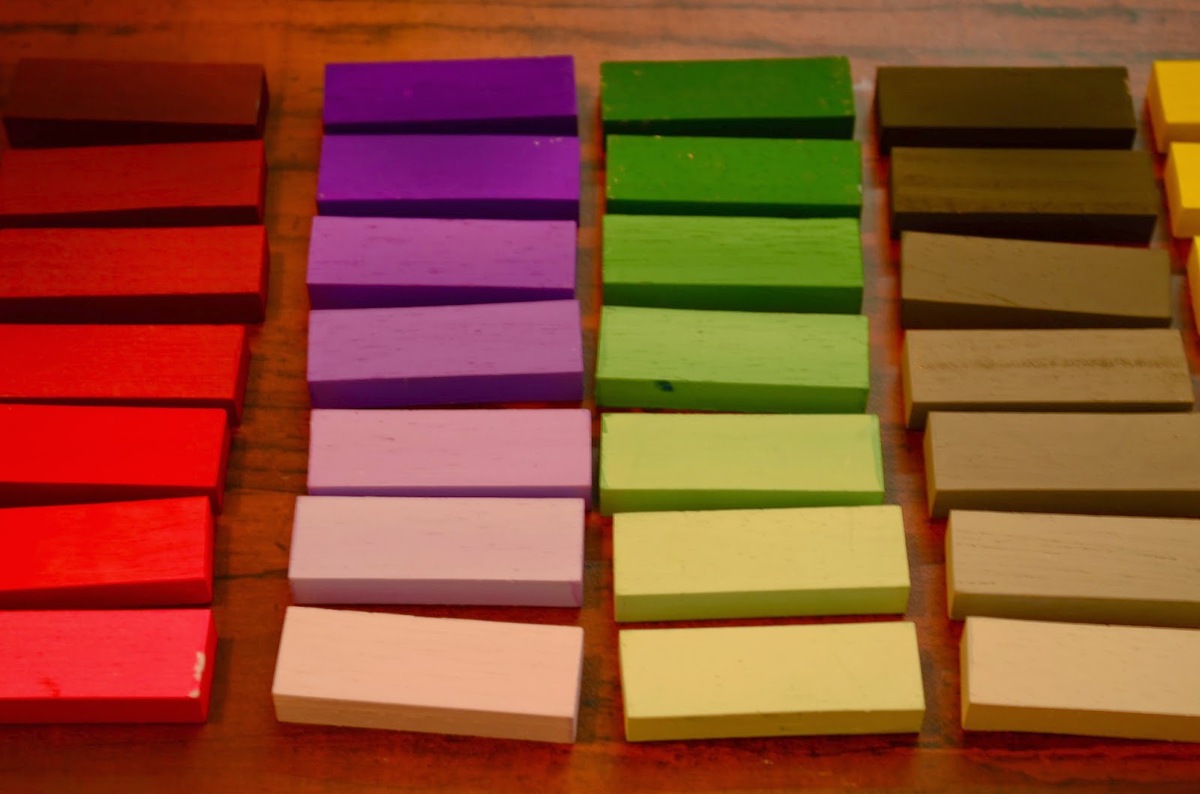
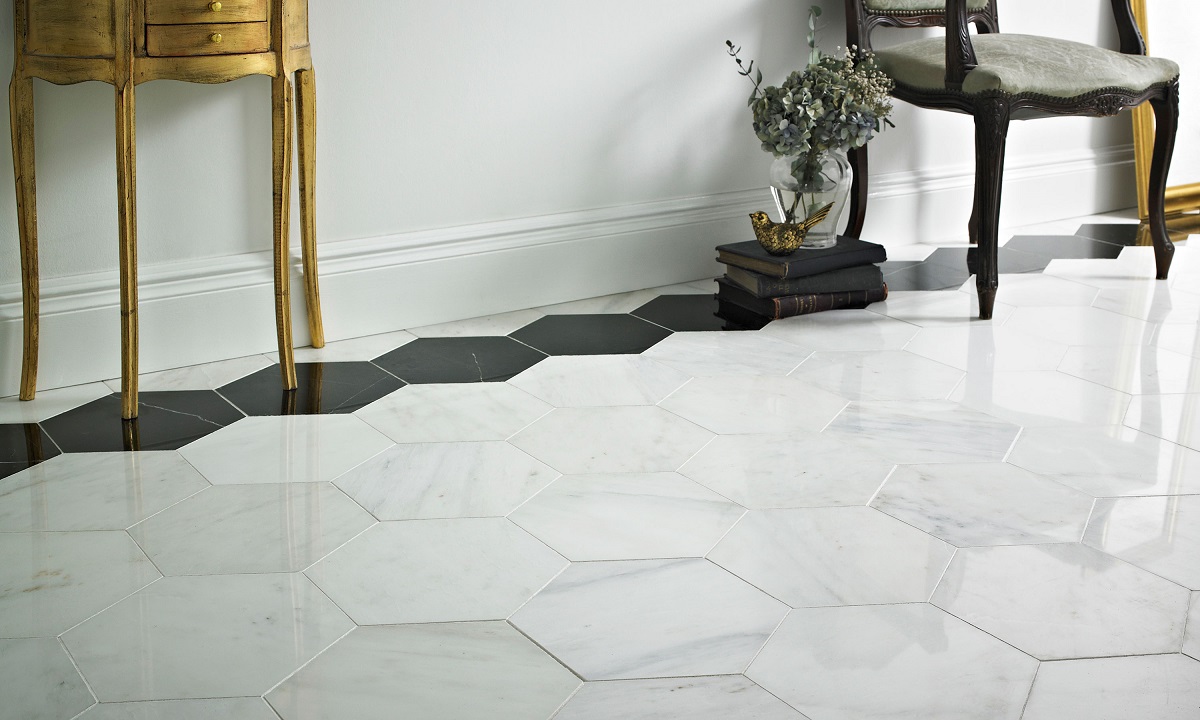
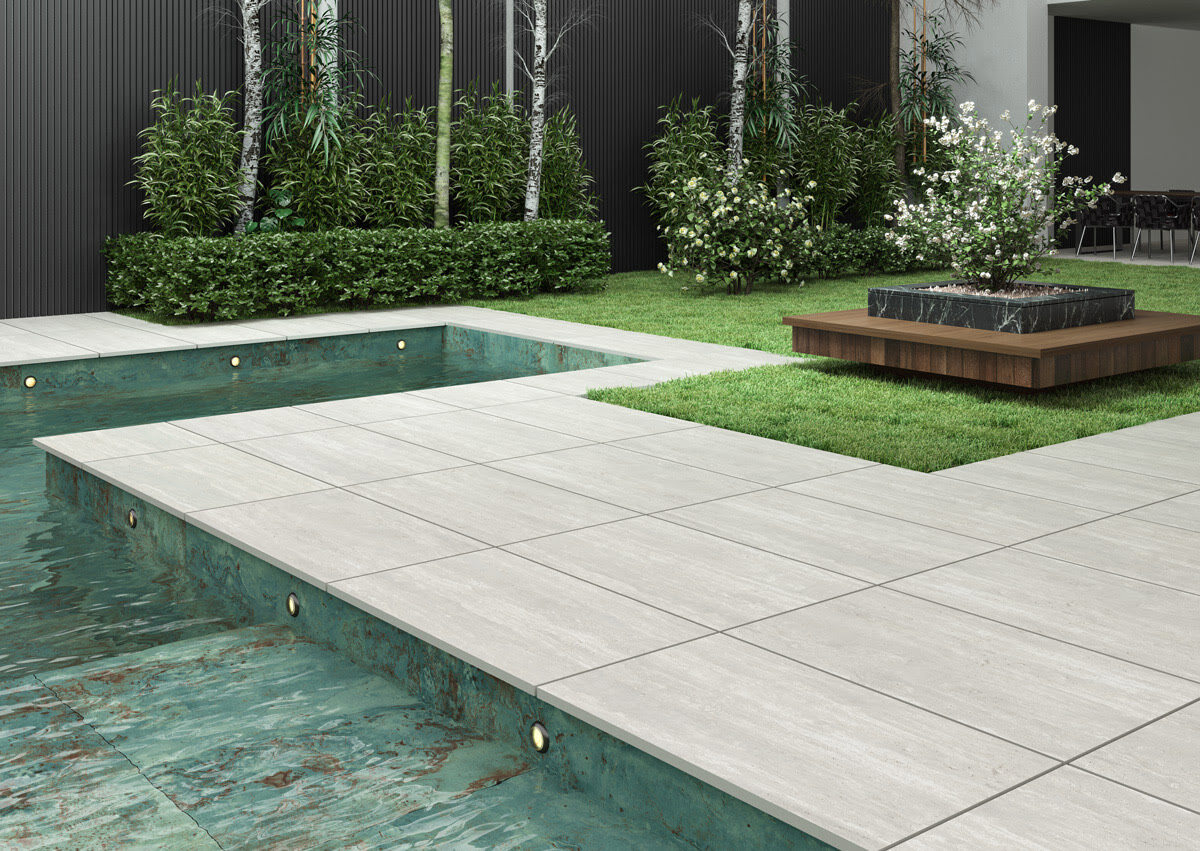
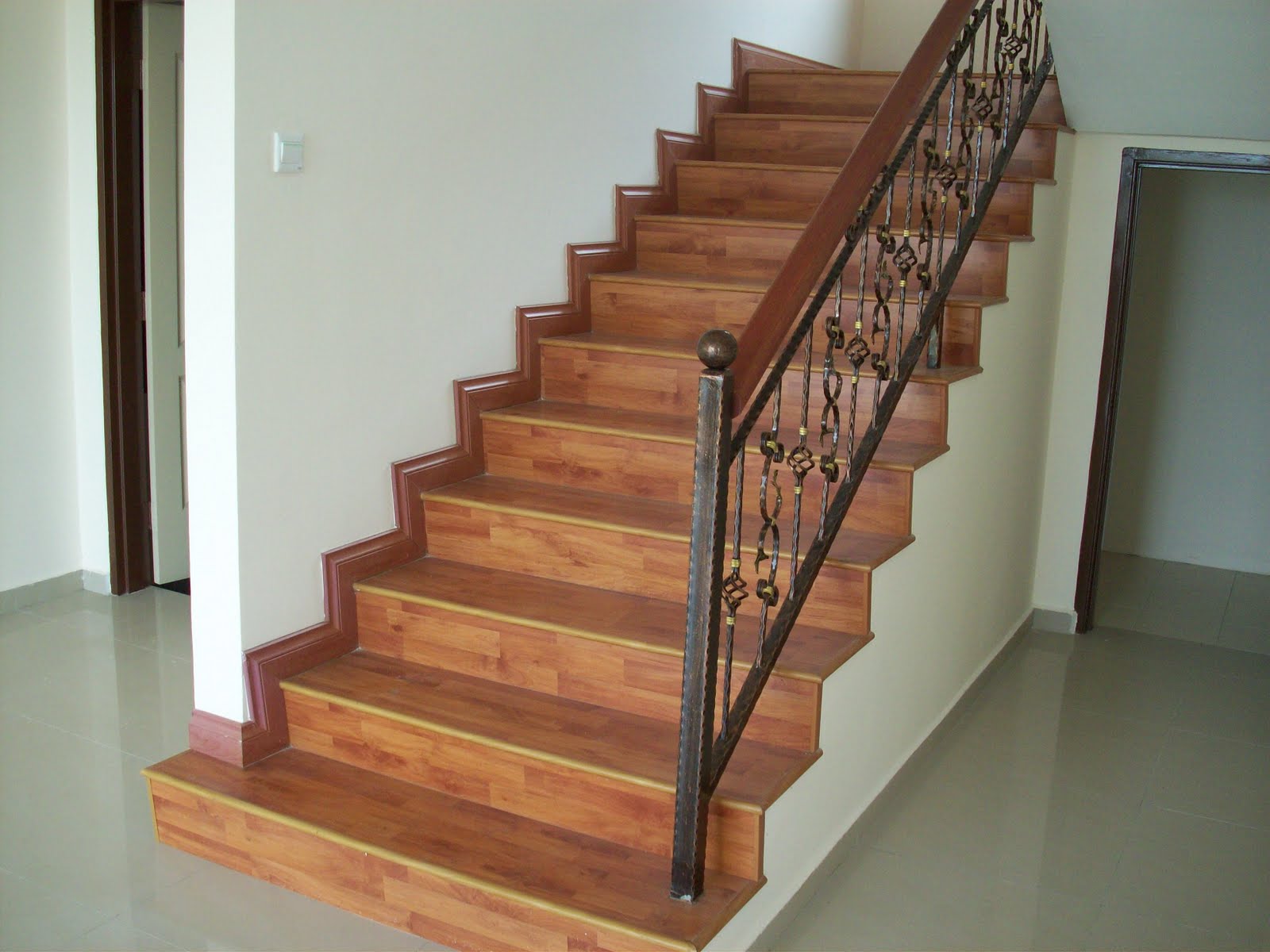
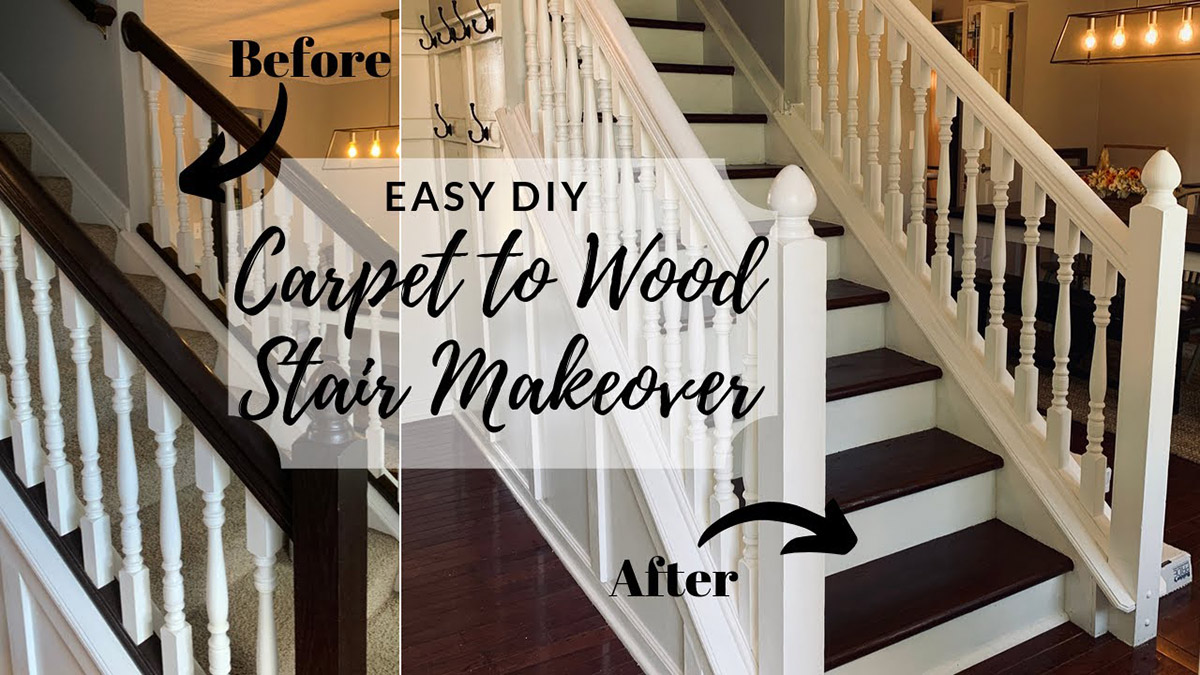


0 thoughts on “How To Make Wood Stairs Not Slippery”